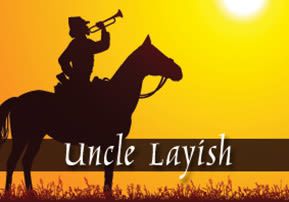
Uncle Layish
Layish, a Serbian Jewish cavalry officer, could fire a rifle while standing on the back of one horse, jump to the back of another galloping horse and still hit a bullseye…

Solomon’s Trains, Part 7
Novi Sad, the ancient capitol of Serbia, is literally as old as history. Human settlement in the territory of the present-day city has been traced as far back as the days of the Biblical Patriarch Abraham. That ancient settlement was located on the right bank of the river Danube. The same river Danube that flows through Vienna, Austria. The Novi Sad region was conquered by Celts about four thousand years after Abraham’s time, and then by the Romans two centuries before they assaulted and destroyed the Holy City of Jerusalem. In the subsequent two millennia it was conquered by a succession of Huns, Byzantines, Ostrogoths, Gepids, Avars, Franks, Bulgarians, and again by Byzantines, then the Ottomans and by the Kingdom of Hungary.
The entire region was rich in primordial forests, lush fields, rivulets and streams, and a wide range of wildlife.
Through those turns of conquerors and conquered the town and its adjacent settlements grew to include the left bank of the Danube as well.
For much of the 18th and 19th centuries (C.E.), Novi Sad was the largest city in the world populated by ethnic Serbs. It was a cultural and political centre of Serbs, who did not have their own national state at the time. Because of its cultural and political influence, Novi Sad became known as the Serbian Athens (Srpska Atina in Serbian). According to 1843 census, Novi Sad had 17,332 inhabitants, of whom 9,675 were Orthodox Christians, 5,724 Catholics, 1,032 Protestants, 727 Jews, and 30 adherents of the Armenian church.
On 25 November 1918, the Assembly of Serbs, Bunjevci, and other nations of Vojvodina in Novi Sad proclaimed the union of Vojvodina region with the Kingdom of Serbia. Since 1 December 1918, Novi Sad is part of the Kingdom of Serbs, Croats, and Slovenes; and in 1929, Novi Sad, whose population now included close to four thousand Jews, became the capital of the Danube Banovina, a province of the Kingdom of Yugoslavia.
During the World War 1 one of Novi Sad’s Jewish citizens proved himself a warrior par excellence. Layish Nahmanevic wearing the traditional garb of Balkan Jews, a turban a long flowing robe and cloak, won a medal of honor for having beheaded Turkish cavalry and foot soldiers with his sword. Layish was a master on horseback and “a swordsman’s swordsman”. He was as formidable a warrior on foot as he was on horseback. His skill in hand to hand combat was legendary. For all his accomplishments as a fearsome warrior, when off the battle field he was a farmer, a musician and lively gentle friendly man who warmed the hearts of all.
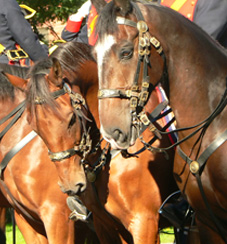 Layish, was two meters tall, strong as an ox, yet could hold an infant or small bird with great gentleness. His five sons and three daughters adored him no less than his wife did. Layish Nahmanevic was a somehow at once humble along with a certain regal bearing. Several times some of his gentile friends had stated, “Layish if you weren’t a Jew, you could be king of Serbia.” He laughed good heartedly and told them, “Thank you but I would pass up the honors even if offered. I prefer my own little kingdom of my farm and family.”
Layish, was two meters tall, strong as an ox, yet could hold an infant or small bird with great gentleness. His five sons and three daughters adored him no less than his wife did. Layish Nahmanevic was a somehow at once humble along with a certain regal bearing. Several times some of his gentile friends had stated, “Layish if you weren’t a Jew, you could be king of Serbia.” He laughed good heartedly and told them, “Thank you but I would pass up the honors even if offered. I prefer my own little kingdom of my farm and family.”
When there was a town fair after World War 1 the townspeople asked Layish to demonstrate his prowess. His younger brother Bela Barukh and nephew Moshe Paul, and were present on a visit.
Layish came onto the field standing on the back of a galloping horse, firing his rifle while jumping from that horse to the back of a second galloping steed and hit the bull’s-eye of a target, three targets in a row. Six year old Moshe Paul was open mouthed amazed at his uncle, “WOW! Papa did you see that?”
Back at uncle’s farm later that evening while Layish was a playing a two chambered warbling flute that he himself had made, his young nephew asked, “Uncle Layish how come you are here and we in Austria? Where did our family come from?”
“Mosheleh that’s a good question. I preferred staying in the country. Your father sought trade and the city life. But I will show you much more than that. Maya bring me the old box, please. I will show Moshe the family tree.”
Moments later Moshe was amazed again. This time at seeing parchment scrolls spread out before him. Some were old and written in the Hebrew alphabet he was learning in Talmud Torah. Some others were very old and although wrapped in what was obviously a very special wrap, were a bit brittle and written in an alphabet he did not recognize. “These are also Hebrew but in the ancient alphabet of the first Temple era. These here to our right are in Ladino, they are from the more recent centuries.”
Moshe saw spread before him on the long nut-wood table the family line from King David through to the parents of his father and uncle Layish. Alongside the lineage lines were notes of what cities and countries the people mentioned dwelled in, as well as important events. Many things that the history books did not even mention.
The next day after a brief closed room discussion with his brother Bela Barukh, Layish called Moshe. “Come to the yard behind the barn I will begin to teach you ways to defend yourself and others. This is a method of fighting unknown to the non-Jews. It is ancient, very ancient, very powerful. Part of it goes back to the days of Abraham Isaac and Jacob our forefathers. What I will teach you after you master that is from the times of Yehuda ben Teima and is hinted to in his famous saying of being “Bold as a panther, light as an eagle, fast as a deer, courageous as a lion”. You will be a panther, but you must learn all the forms. In the future you will need it.”
In further visits in the ensuing years Layish taught his nephew the ancient secret combat arts of the forefathers. At times he would send one or the other of his sons, already masters in these arts, to Vienna to keep the lessons and practice continuous.
In Novi Sad the various nationalities and religions lived in peaceful harmony with each other.
Until ….
Until in 1941, the Kingdom of Yugoslavia was invaded and partitioned by the Axis powers, and its northern parts, including Novi Sad, were annexed by Hungary. During World War 2, about 5,000 citizens were murdered and many others were transferred for resettlement elsewhere. In three days of the Novi Sad raid (21—23 January 1942) alone, Hungarian police slaughtered many citizens, among them more than 800 Jews, and threw their corpses into the icy waters of the Danube, while the total death toll of the raid was around 2,500.
Among the survivors who had not been captured were Layish and two of his sons. Those free survivors joined the partisans in the forests. There citizens of all nationalities – Serbs, Hungarians, Slovaks, and others – fought together against the Axis authorities.
Their valiant guerilla warfare was fought through frozen winters and sweltering summers. Sometimes they went for three or four days without food. These valiant warriors of freedom against the Nazi berserkers held up their struggle for three years until the early spring of 1944, when….
To be continued.




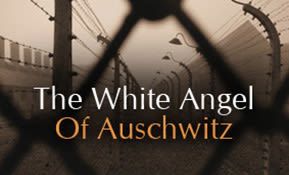


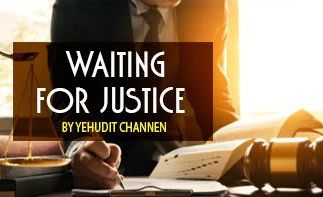
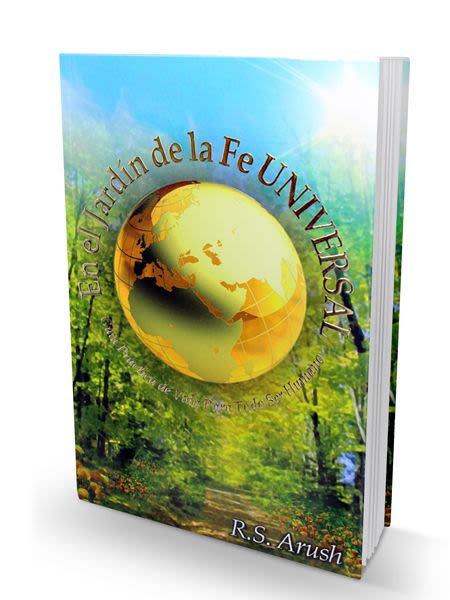
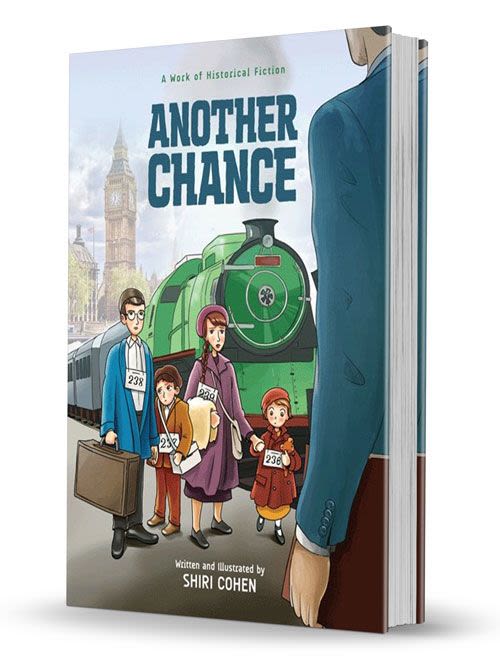
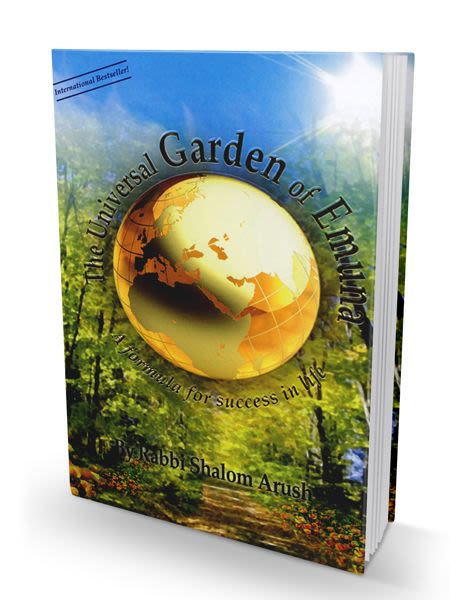
Tell us what you think!
Thank you for your comment!
It will be published after approval by the Editor.